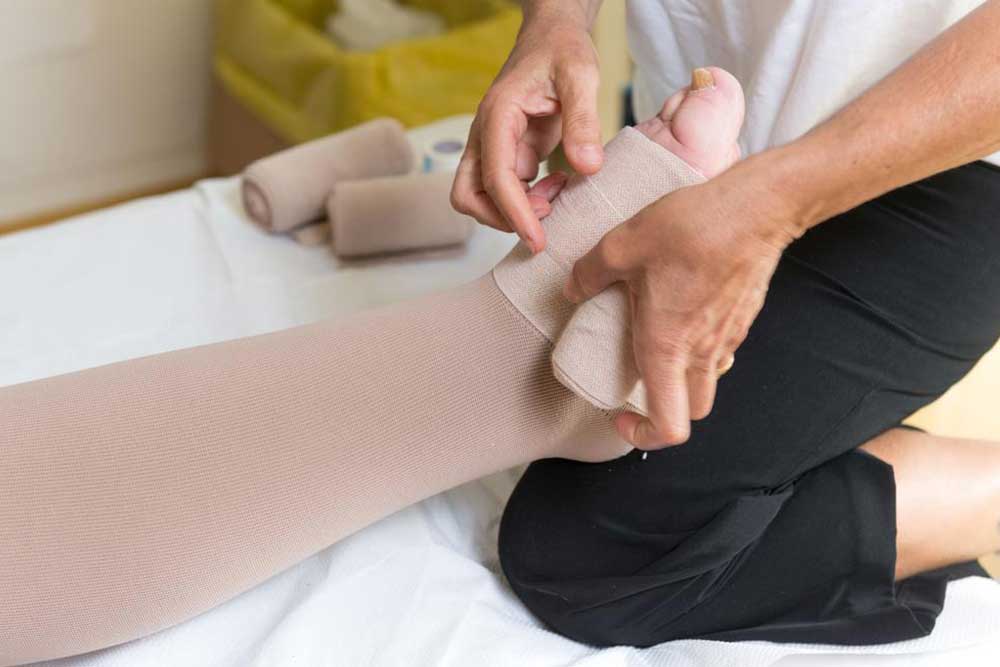Swollen Legs – Causes and Remedies
Swelling in the legs is often an indication of an underlying health condition. It can occur in any part of the leg, from toes to thighs. Fluid retention or build up is the main reason for swollen legs. The actual cause of leg swelling varies widely from injury to heart disease to kidney disease to prolonged sitting or standing.
Swelling in feet is medically referred to as peripheral edema. Unless caused by an injury, swollen feet are not painful.

Causes of swollen legs
Swelling to the foot, leg or ankle is a common occurrence in older adults. The swelling may occur in both legs or in one leg, and it may be accompanied by pain or be painless. Sometimes there are instances of only left leg swelling.
Here are some of the common causes of swelling in legs.
Swelling related to fluid buildup
- Acute kidney failure or chronic kidney disease
- Cardiomyopathy
- Lymphedema
- Deep vein thrombosis
- Cirrhosis
- Pregnancy
- Standing or sitting for prolonged durations
- Prescription medication
Swelling due to inflammation
- Achilles tendon rupture
- Broken ankle or foot
- Osteoarthritis
- Gout
- Infection or injury in feet
Remedies for swollen legs
Remedies for swollen feet/legs depend on the underlying cause of the swelling. If the underlying cause is kidney failure or cardiomyopathy or liver failure or deep vein thrombosis, then the cause needs to be treated in order to reduce swelling. Leg and ankle swelling remedies during pregnancy are determined by the cause of the swelling.
Some leg and ankle swelling remedies when the swelling is not caused by other health conditions are as follows:
- Keeping legs in an elevated raised position for a short duration.
- Following a low-salt diet till swelling subsides.
- Taking breaks to exercise your feet while traveling
- Avoiding tight fitting footwear or clothing.
- Weight loss, if required.
Swelling of legs accompanied by other symptoms like breathlessness indicates an emergency situation that requires immediate medical help. The cause of leg swelling needs to be identified immediately in case of swelling occurs frequently or remains for a long period.